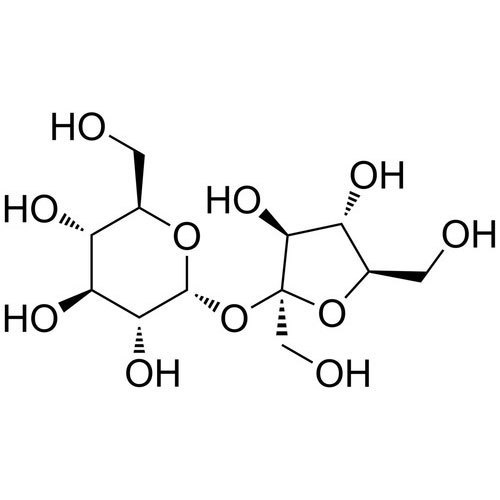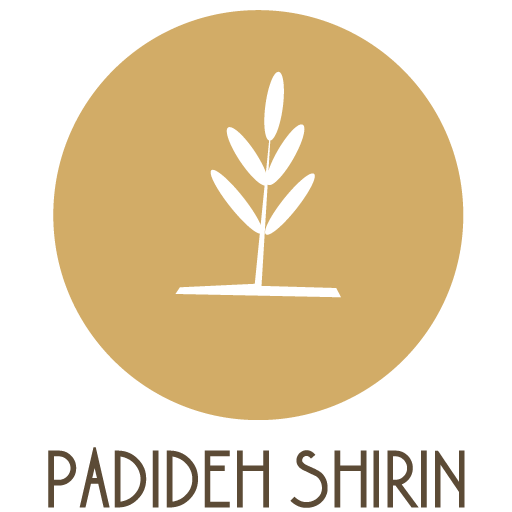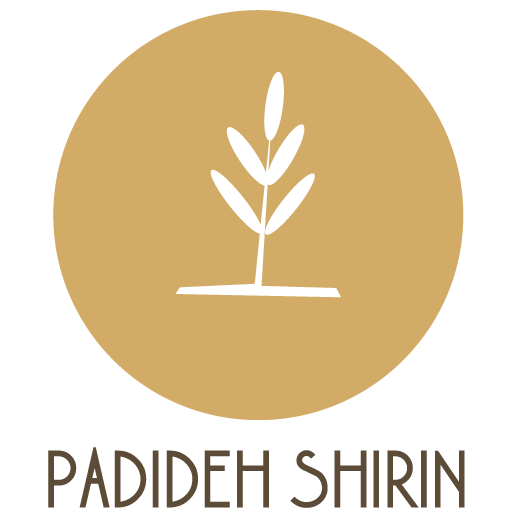Sucralose is obtained from sucrose (common sugar) through substituting three optional groups of hydroxyls with chlorine. It is a sweetener that differs significantly from sucrose in its sweetness and taste stability, although it has a comparable taste quality. Sucralose is 600 times sweeter than sugar. Although sucralose is not a sugar, it has a sweet taste similar to sugar, without having an unpleasant taste after eating in your mouth. Sucralose shows a quick start and a period of sweetness similar to that of sucrose. Sucralose has high water solubility and high heat resistance. It is therefore suitable for use in baked flour products. It is also stable in acidic pH and does not react with other ingredients in food systems. Sucralose passes through the body without being metabolized, and is rapidly excreted, making it a good sweetener for diabetics. Although sucralose is made from sugar, it is not usable for oral bacteria that cause tooth decay, and hence saving the individual from vulnerability to the increased risk of dental caries. Sucralose is a high-quality sweetener that does not leave a bitter or unpleasant taste in the mouth after eating, despite the fact that given this level of sweetness, sucralose products remain longer than sucrose over time. However, the food or drink system in which sucralose is used and the relevant dose value affects the flavor characteristics, and hence the formulation can be matched to optimize the flavor characteristics. Extensive studies have shown that at standard level of consumption, the sucralose is immune for all. With the approval of international organizations such as the FDA, the Food and Agriculture Organization, the Addition Special Committee, the European Food Science Committee, the Canadian Ministry of Welfare and the Australian and New Zealand Food Standards, Sucralose is applicable in various types of processed foods and beverages as Sugar substitute.
Sucralose

23
Nov




